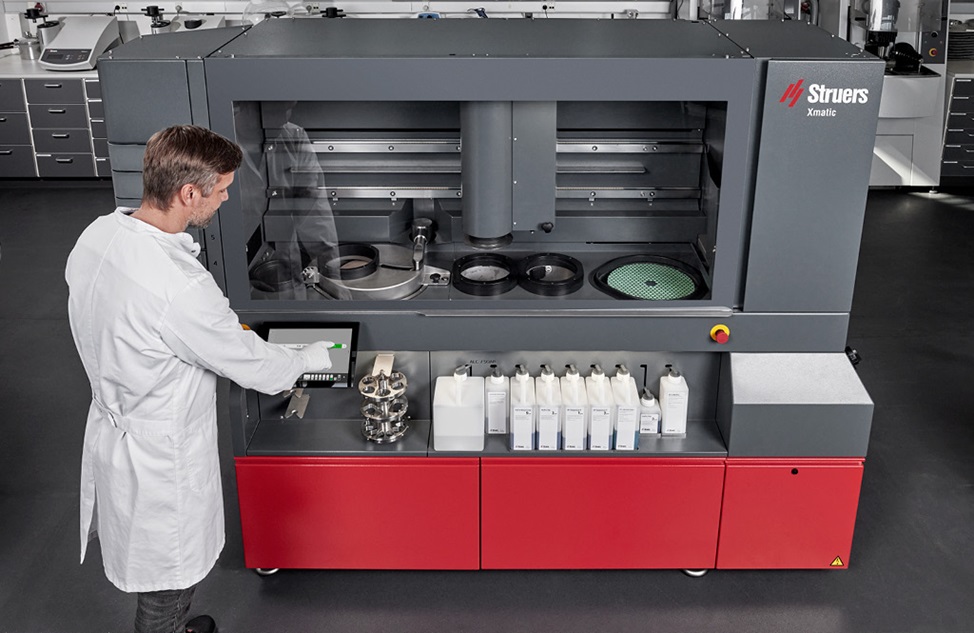What value does automation bring to materialography?
Across many industries, automation has proved to be a highly dependable way to achieve greater throughput, consistency, and accuracy. By removing human involvement as much as possible, an automated process can be completed more efficiently and cost-effectively, with minimal variation. But how well can this be applied to materialography and what value does it really deliver?





